5 Benefits of Doodling and Quick Drawing Practices
Doodling and quick drawing are often dismissed as mere distractions, but they hold a treasure trove of benefits that can enhance our everyday lives. Imagine a world where your creativity flows freely, your focus sharpens, and your stress melts away—all from the simple act of drawing. In this article, we’ll explore the remarkable advantages of doodling and quick drawing, revealing how these practices can not only boost your mood but also improve your cognitive functions. So, grab a pen and paper, and let’s dive into the colorful world of doodling!
Doodling is like a magic key that unlocks the creative doors of your mind. When you engage in quick drawing, you stimulate the brain's creative regions, encouraging free expression and innovative thinking. Think of it as a workout for your imagination—each doodle is a rep that strengthens your creative muscles. Whether you’re sketching a whimsical character or abstract shapes, the act of drawing allows your thoughts to flow without the constraints of perfectionism. This unfiltered expression can lead to unexpected ideas and artistic growth, making doodling a powerful tool for anyone looking to enhance their creativity.
Have you ever found yourself zoning out during a long meeting or lecture? You’re not alone! Engaging in doodling can significantly improve your concentration and attention. It acts as a gentle nudge to keep your mind from wandering while still allowing it to remain engaged. Quick drawing practices can help maintain focus during monotonous tasks, enhancing productivity. Picture this: you’re in a tedious meeting, and instead of drifting off, you start doodling. Suddenly, you find yourself absorbing information more effectively, all thanks to that simple act of drawing. It’s like giving your brain a mini-vacation while still being present!
Doodling serves as a beautiful form of mindfulness, allowing individuals to stay present in the moment. As you draw, your mind shifts away from stressors and distractions, creating a calming effect akin to meditation. This practice encourages you to focus on the here and now, making it an excellent tool for stress reduction. Imagine the peacefulness of watching your pencil glide across the paper, each stroke washing away the noise of your daily life. It’s a moment of serenity that can transform your day, helping you to reconnect with your thoughts and feelings.
Quick drawing can act as a therapeutic tool, helping to alleviate anxiety and tension. When life feels overwhelming, doodling provides a safe space to express your emotions without judgment. It’s like having a personal therapist at your fingertips, ready to help you navigate through your feelings. The psychological benefits of doodling for emotional well-being are profound, as it allows for a release of pent-up emotions and thoughts. So, the next time you feel the weight of the world on your shoulders, grab a piece of paper and let your pen dance—your mind will thank you!
Doodling offers a much-needed mental break, providing an escape from daily pressures. It’s your own personal sanctuary where you can retreat and relax, even if just for a few moments. Imagine being able to step away from your responsibilities and immerse yourself in a world of creativity and imagination. This escape can recharge your batteries and give you a fresh perspective on your tasks. Quick drawing can serve as a delightful interlude in your busy life, reminding you to take a breath and enjoy the simple pleasures of creativity.
Research indicates that doodling can enhance memory retention and recall. When you incorporate drawing into your learning process, you engage multiple areas of your brain, making it easier to remember information. Think of it this way: when you doodle while listening to a lecture, you’re not just passively absorbing information; you’re actively engaging with it. This cognitive boost can lead to improved retention and understanding, transforming the way you process information. So, the next time you’re faced with a pile of notes, don’t hesitate to add some doodles—they might just help you ace that exam!
Doodling can serve as a visual language, helping to convey ideas more effectively. In both personal and professional settings, quick drawings can enhance communication by providing a visual representation of your thoughts. Imagine trying to explain a complex concept without any visuals—it can be challenging! However, by integrating doodles into your discussions, you can clarify your ideas and make them more relatable. This can be particularly useful in brainstorming sessions, where visual aids can spark new ideas and facilitate collaboration.
Integrating doodles into note-taking can significantly improve comprehension and retention. Visual note-taking isn’t just about pretty pictures; it’s about creating a visual framework that helps you organize and remember information. Techniques like sketching key concepts or using symbols can turn mundane notes into engaging visual stories. This method not only makes learning more enjoyable but also enhances your ability to recall information later. So, next time you’re in a lecture or meeting, don’t shy away from doodling your notes—your brain will appreciate the extra effort!
Using doodles in presentations can captivate audiences and maintain engagement. Imagine standing in front of a room full of people, and instead of a boring PowerPoint, you present your ideas through lively drawings. This approach not only makes your presentation more dynamic but also helps your audience connect with your message on a deeper level. Strategies for incorporating drawings into your presentations can include using visual metaphors or creating infographics that summarize your key points. By embracing doodling, you can transform your presentations into memorable experiences that resonate with your audience.
Doodling can create bonding experiences among individuals, making it a fantastic tool for fostering collaboration and strengthening relationships. Think about group drawing activities where everyone contributes to a collective piece of art—it's a fun way to break the ice and encourage teamwork. These shared experiences can lead to deeper connections and a sense of community, whether in a classroom, workplace, or social setting. So, gather your friends or colleagues and start doodling together; you might just discover a new way to bond!
- Can doodling really help with focus? Yes! Doodling can keep your mind engaged and prevent it from wandering during tasks.
- Is there a right way to doodle? There’s no right or wrong way! Doodling is about free expression, so let your creativity flow.
- Can doodling improve my memory? Absolutely! Doodling while learning can boost memory retention and recall.
- How can I incorporate doodling into my daily routine? Try doodling during meetings, while studying, or even as a relaxing evening activity.

Enhancing Creativity
Doodling is not just child's play; it's a powerful tool that can ignite your creativity and unleash your inner artist. When you pick up a pen and let your hand wander across the page, you’re engaging in a process that stimulates the brain's creative regions. This spontaneous act of drawing can lead to unexpected ideas and innovative solutions. Have you ever noticed how ideas flow more freely when you're doodling? It's like opening a floodgate of inspiration!
Engaging in quick drawing practices allows your mind to break free from the constraints of structured thinking. It's almost like giving your brain a mini-vacation where it can explore new landscapes of thought. Whether you're sketching a whimsical creature or simply scribbling shapes, you're allowing your imagination to roam. This can be especially beneficial during brainstorming sessions or when you're stuck in a creative rut. Instead of forcing yourself to think of the next big idea, try doodling for a few minutes. You might be surprised at what emerges!
Moreover, doodling can serve as a bridge between your conscious and subconscious mind. When you draw without a specific goal, you tap into a realm of ideas that you might not consciously acknowledge. It's akin to dreaming while awake, where your mind can wander and explore without judgment. This free expression can lead to artistic growth and help you discover new passions or interests that you didn't know existed. Think of it as a creative treasure hunt—every doodle could potentially lead you to a hidden gem of inspiration!
Incorporating doodling into your daily routine can also enhance your problem-solving skills. When you're faced with a challenge, sketching out the problem can provide a fresh perspective. For example, if you're trying to design a new project or solve a complex issue, drawing the components visually can help you see connections that weren't apparent before. This visual representation can be a game-changer, making the abstract tangible and the complex simple.
To illustrate the benefits of doodling on creativity, here’s a quick table summarizing some key points:
| Benefit | Description |
|---|---|
| Stimulates Brain Activity | Doodling activates areas of the brain associated with creativity and innovation. |
| Encourages Free Expression | Allows for unfiltered thoughts and ideas to emerge without self-judgment. |
| Enhances Problem-Solving | Visualizing problems can lead to new insights and solutions. |
| Reduces Mental Blocks | Helps overcome creative blocks by shifting focus and relaxing the mind. |
In conclusion, doodling is much more than a simple pastime; it's a gateway to enhanced creativity. By allowing your mind to wander and your hand to flow freely, you can unlock new ideas, improve problem-solving skills, and foster a deeper connection with your creative self. So, the next time you find yourself in a meeting or during a brainstorming session, don’t hesitate to grab that pen and start doodling. You might just discover the next big idea hiding in your sketches!
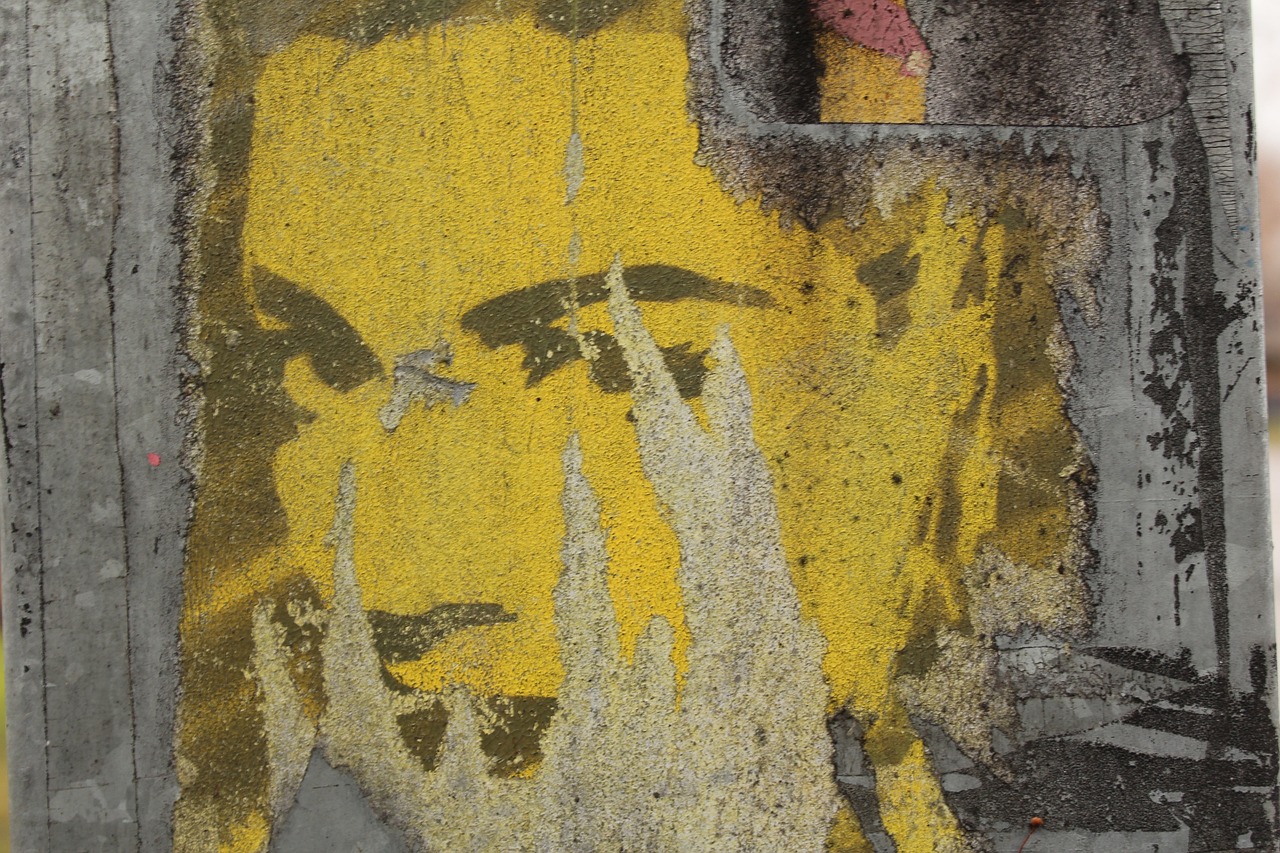
Improving Focus
Doodling might seem like a simple pastime, but it can work wonders for your ability to concentrate. When you're faced with tedious tasks or long meetings, your mind has a tendency to wander. Just think about it—how often do you find yourself daydreaming or scrolling through your phone during a presentation? Engaging in quick drawing practices can effectively anchor your attention and keep your brain engaged. It’s like giving your mind a little workout while you’re working on something else!
Research shows that doodling activates the brain's visual and motor cortex, which can help you maintain focus. Imagine being in a meeting where the speaker is droning on and on. Instead of zoning out, you can pick up a pen and start doodling. This simple act not only keeps your hands busy, but it also allows your mind to process information better. You might think that doodling is a distraction, but it’s actually a tool for enhancing your cognitive abilities. It’s akin to chewing gum while studying; it keeps your brain alert and ready to absorb information.
Moreover, quick drawing can serve as a mental anchor, helping to solidify thoughts and ideas. When you doodle during a lecture or while brainstorming, you're creating a visual representation of your thoughts. This can lead to a clearer understanding of the material and improve your memory retention. It's fascinating how a few simple lines can help you connect the dots, isn't it? To illustrate this point, consider the following table that highlights the benefits of doodling for focus:
| Benefit | Description |
|---|---|
| Enhanced Attention | Doodling helps maintain focus during monotonous tasks. |
| Information Retention | Visual representation aids in better memory recall. |
| Stress Reduction | Drawing can lower anxiety, leading to improved concentration. |
So, how can you incorporate doodling into your daily routine to boost your focus? Here are some practical tips:
- Keep a Sketchbook Handy: Whether you're at work or in class, having a sketchbook nearby allows you to doodle whenever you feel your attention drifting.
- Set Intentions: Before a meeting or study session, remind yourself to doodle as a way to stay engaged and focused.
- Experiment with Styles: Try different doodling styles—patterns, shapes, or even simple cartoons—to find what keeps your mind most engaged.
In conclusion, doodling is more than just a creative outlet; it’s a powerful tool for improving focus and enhancing cognitive function. By integrating quick drawing practices into your daily life, you can transform mundane tasks into engaging experiences. So the next time you find your mind wandering, grab a pen and let your creativity flow. You might be surprised at how much more you can accomplish while doodling!

Mindfulness Through Doodling
Doodling isn't just a mindless activity; it's a powerful tool for mindfulness that can help you stay present in the moment. When you pick up a pen and let your thoughts flow onto the page, you engage in a form of meditation that can quiet the noise of everyday life. The repetitive motion of drawing allows your mind to settle, much like the gentle rhythm of waves lapping against the shore. This practice can transform your chaotic thoughts into something tangible, providing clarity and focus.
By concentrating on simple shapes or patterns, you can shift your attention away from stressors and immerse yourself in the act of creation. This is similar to how a musician might lose themselves in the melody of a song. When you doodle, you create a safe space for your mind to wander freely, enabling you to explore your thoughts without judgment. The beauty of doodling lies in its simplicity; there are no strict rules or expectations. You can draw whatever comes to mind, allowing your imagination to take the lead.
Moreover, studies have shown that engaging in doodling can lead to a state of flow, where time seems to stand still, and your worries fade into the background. This state of flow is often associated with heightened creativity and productivity. As you doodle, your mind becomes less cluttered, and you may find that solutions to problems come more easily. In essence, doodling can serve as a mental reset, helping you to recharge and refocus.
To maximize the benefits of doodling for mindfulness, consider incorporating it into your daily routine. Here are a few tips to help you get started:
- Set aside time: Dedicate a few minutes each day to doodling. This could be during a break at work, while waiting for an appointment, or even in the comfort of your home.
- Choose your medium: Whether it's a simple notebook or a digital drawing app, find a medium that feels comfortable and enjoyable for you.
- Let go of perfection: Remember, the goal is not to create a masterpiece but to enjoy the process. Embrace imperfections as part of your creative journey.
In conclusion, doodling is not merely a pastime; it's a form of mindfulness that allows you to connect with your thoughts and feelings. By embracing this creative outlet, you can cultivate a greater sense of presence in your daily life, reduce stress, and unlock your inner creativity. So, the next time you find yourself doodling, remember that you are engaging in a practice that can enhance your well-being and enrich your mind.
Q: Can doodling really help with stress relief?
A: Absolutely! Doodling can serve as a therapeutic outlet, allowing you to express feelings and thoughts that may be difficult to articulate. The act of drawing can be calming and help to reduce anxiety.
Q: Do I need to be an artist to benefit from doodling?
A: Not at all! Doodling is about free expression, not artistic skill. Anyone can doodle, and the benefits come from the act of drawing itself, not the quality of the art.
Q: How can I incorporate doodling into my workday?
A: Try keeping a sketchbook at your desk or using doodling as a way to take notes during meetings. It can help maintain focus and make the information more memorable.
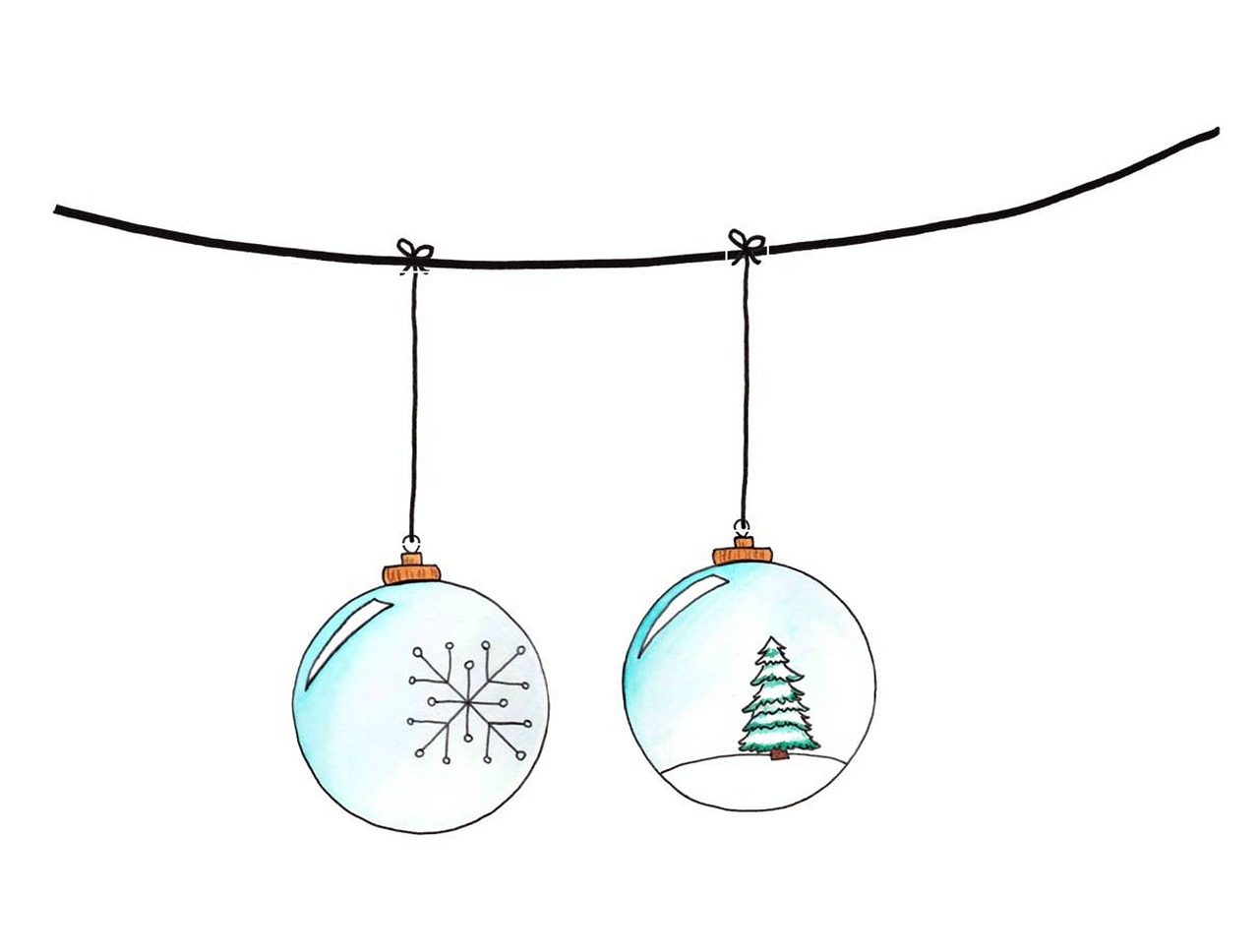
Doodling as a Stress Reliever
Doodling isn't just child's play; it's a powerful tool for stress relief that many adults overlook. When life gets overwhelming, grabbing a pen and letting your hand wander across the page can provide an instant escape. This seemingly simple act allows your mind to shift gears, creating a safe mental space where worries can fade away. Imagine being stuck in a long meeting, your mind racing with to-do lists and deadlines. Instead of feeling trapped, you could transform that anxiety into creativity by sketching out your thoughts. How liberating is that?
The act of doodling engages your brain in a way that promotes relaxation. When you draw, you enter a state of flow, similar to meditation, where your focus shifts from the chaos around you to the simple pleasure of creating. This process can lead to a significant reduction in cortisol levels, the hormone associated with stress. In fact, studies have shown that even just a few minutes of doodling can lead to a more relaxed state of mind. Whether it's spirals, flowers, or abstract shapes, your doodles can serve as a visual representation of your emotions, allowing you to process feelings in a non-verbal way.
Moreover, doodling provides a unique opportunity to express what we might not be able to articulate verbally. It can serve as a bridge between our feelings and thoughts, helping us to understand and manage our emotions better. For instance, if you're feeling anxious, drawing chaotic lines might help release that tension, while soft, flowing shapes could represent calmness. By recognizing these patterns, you can become more aware of your emotional state and find healthier ways to cope.
Additionally, doodling can be a social activity, offering a shared experience that can lighten the mood. Imagine sitting with friends or colleagues, all doodling together while sharing stories or laughing at silly sketches. This camaraderie can create a supportive environment that fosters connection and reduces stress. It's like a mini therapy session, where the only requirement is a pen and a piece of paper.
In conclusion, the next time you find yourself feeling overwhelmed, consider picking up a pen and letting your creativity flow. Not only will you be engaging in a fun and relaxing activity, but you'll also be taking a proactive step towards managing stress. Doodling can transform a moment of anxiety into a canvas of creativity, allowing you to navigate life's challenges with a bit more ease and a lot more joy.
- Can doodling really help reduce stress? Yes! Doodling can lower cortisol levels and promote relaxation, making it an effective stress-relief tool.
- What types of doodles are best for stress relief? There are no rules! You can doodle anything from simple shapes to complex scenes. The key is to let your creativity flow.
- Is doodling suitable for everyone? Absolutely! People of all ages can benefit from doodling, whether in a professional setting or at home.
- How long should I doodle to feel the effects? Even a few minutes of doodling can help alleviate stress and improve your mood.
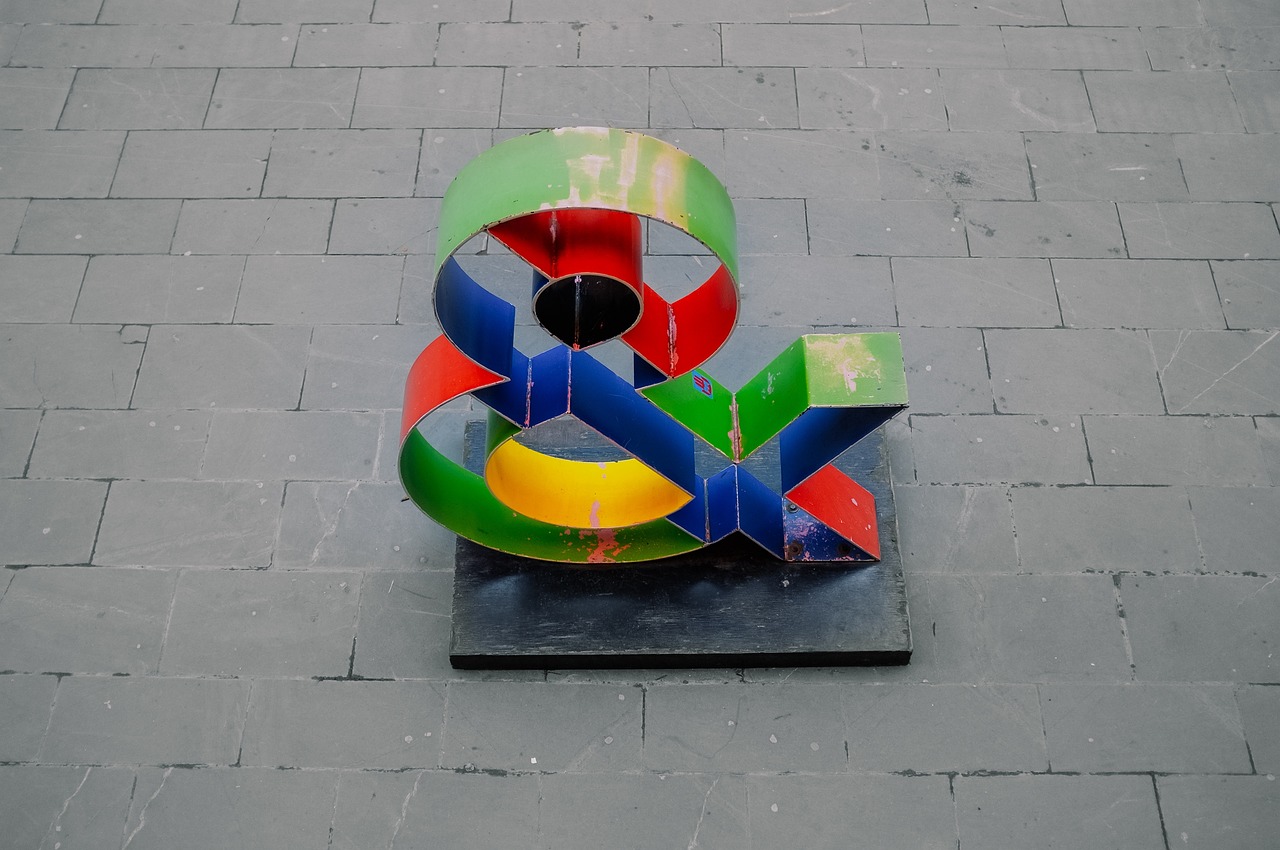
Creating a Personal Escape
Doodling is not just a mindless activity; it can be a powerful escape from the chaos of daily life. Imagine being in a meeting that feels like it’s dragging on forever, or sitting in a classroom where the lecture just doesn’t seem to resonate. Instead of letting your mind wander off into the abyss of boredom, grabbing a pen and letting your hand dance across the page can transport you to a world of your own making. It’s like having a mental vacation right at your fingertips!
When you engage in quick drawing, you create a sanctuary where your thoughts can roam free. This is particularly beneficial in stressful environments, as it allows you to momentarily step away from the pressures surrounding you. The act of doodling can serve as a gentle reminder that you have control over your own mental space. Think of it as a mental bubble where you can explore your imagination without interruptions.
Moreover, this personal escape doesn’t require any artistic skills. You don’t need to be a Picasso or a Van Gogh; the beauty of doodling lies in its simplicity. You can create abstract shapes, squiggles, or even stick figures that tell a story only you understand. This freedom fosters a sense of playfulness that can reignite your passion for creativity. In fact, studies show that engaging in such creative practices can lead to increased happiness and reduced anxiety.
In addition to providing a mental break, doodling can also enhance your problem-solving skills. When your mind is relaxed, it becomes more receptive to new ideas and solutions. It’s like giving your brain a chance to reset and recharge. So, the next time you feel overwhelmed, remember that a few minutes of doodling can be your ticket to a more peaceful state of mind.
To highlight the benefits of this personal escape, consider the following:
- Stress Relief: Doodling can help you decompress and alleviate tension.
- Enhanced Creativity: It opens up new pathways for innovative thinking.
- Improved Focus: Taking a break to doodle can help you return to tasks with renewed energy.
Ultimately, doodling is more than just a pastime; it’s a tool for mental wellness. By incorporating quick drawing into your daily routine, you can create a personal escape that not only enhances your creativity but also contributes to your overall emotional well-being. So next time you feel the weight of the world on your shoulders, grab a pen and let your imagination take flight!
Q: Do I need to be an artist to benefit from doodling?
A: Absolutely not! Doodling is about free expression, not artistic skill. Everyone can doodle, and it’s the act of drawing that brings the benefits, not the quality of the artwork.
Q: How long should I doodle to feel its benefits?
A: Even just a few minutes can make a difference. Try to set aside 5-10 minutes throughout your day to engage in doodling.
Q: Can doodling help with learning?
A: Yes! Doodling has been shown to improve memory retention and comprehension, making it a great tool for students and professionals alike.
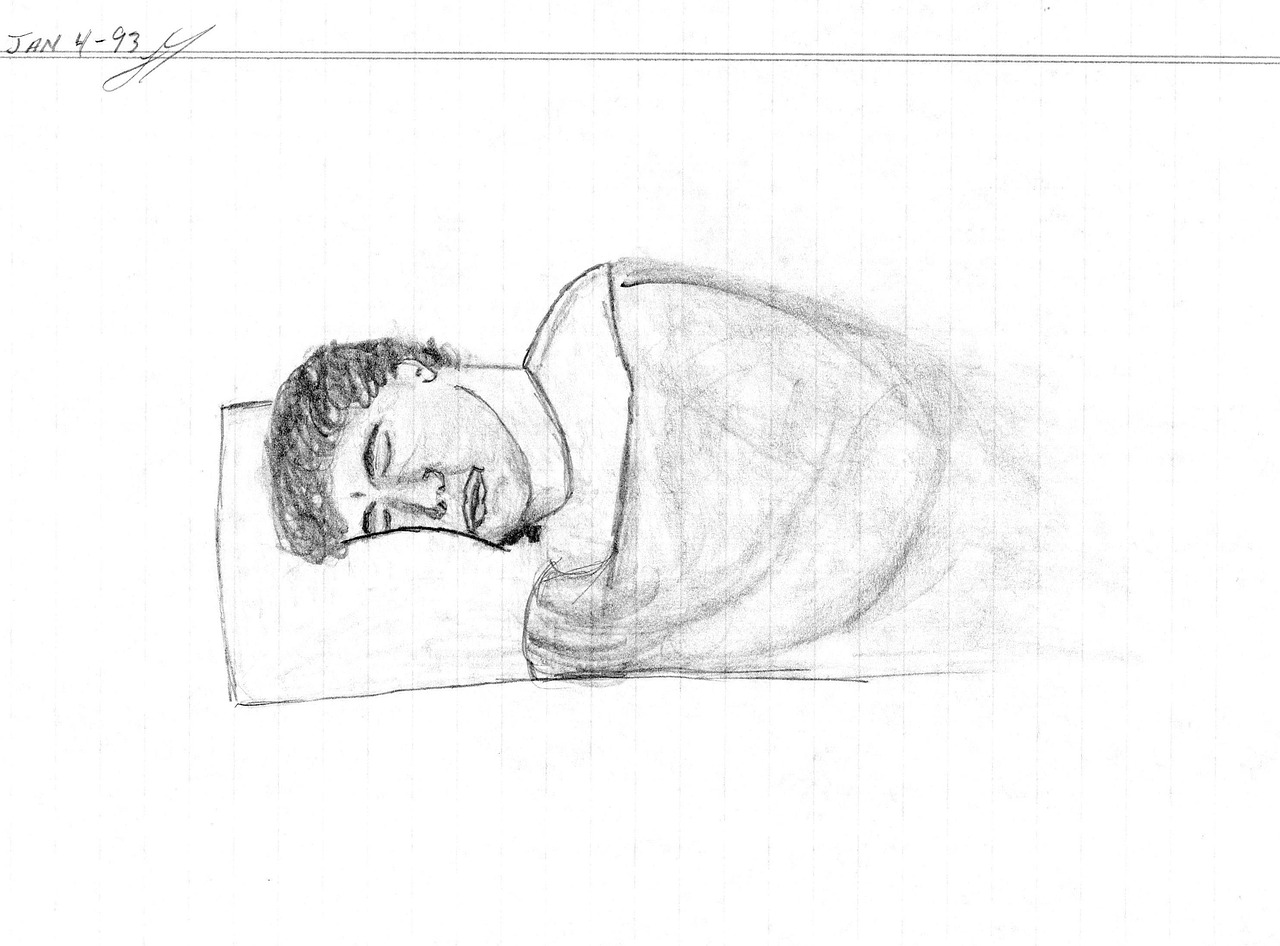
Boosting Memory Retention
Doodling isn’t just a whimsical pastime; it’s a powerful tool for enhancing memory retention and recall. Imagine your brain as a bustling highway, where information zooms by at lightning speed. Now, picture doodling as the scenic rest stops along that highway, allowing your mind to pause and absorb what’s important. Research has shown that engaging in quick drawings while learning can significantly improve how well you remember information. When you doodle, you’re not just creating art; you’re actively engaging your brain in a way that solidifies knowledge.
So, how does this work? When you doodle, you activate various regions of your brain, particularly those involved in visual and spatial memory. This dual engagement—both visual and verbal—helps to reinforce the material you’re trying to remember. Think of it as creating a mental map, where each doodle serves as a landmark that guides you back to the central concepts you’ve learned. Studies indicate that students who incorporate doodling into their note-taking process often outperform their peers who stick to traditional methods.
Moreover, the act of doodling can help to reduce cognitive load. When you draw, you allow your mind to focus on the broader ideas rather than getting bogged down by minute details. This can be particularly beneficial during lectures or meetings where the information can be overwhelming. By sketching out the key points, you’re creating a visual summary that makes it easier to recall later. Here’s a quick look at how doodling influences memory retention:
| Aspect | Effect of Doodling |
|---|---|
| Engagement | Increases active participation in learning. |
| Visual Memory | Enhances recall through visual representation. |
| Cognitive Load | Reduces mental strain, allowing for better focus. |
| Retention | Improves long-term memory retention. |
Incorporating doodling into your study routine can be as simple as keeping a sketchbook handy during lectures or meetings. When you hear a key point, take a moment to visualize it through a quick drawing. You might want to use symbols, arrows, or even little cartoons to represent complex ideas. Not only does this make learning more enjoyable, but it also transforms your notes into a colorful tapestry of information that’s easier to digest and remember.
In conclusion, if you’re looking to enhance your memory retention, consider picking up a pencil and letting your creativity flow. Doodling isn’t just for kids; it’s a valuable technique for anyone aiming to improve their cognitive abilities. So, the next time you find yourself in a lecture or a meeting, don’t hesitate to doodle your way to better memory!
- Does doodling really help with memory? Yes, studies show that doodling can improve memory retention by engaging different brain regions.
- What types of doodles are most effective? Simple shapes, symbols, and sketches that represent key concepts work best.
- Can doodling be distracting? It can be if it takes your focus away from the task, but when used appropriately, it enhances concentration.
- How can I incorporate doodling into my study routine? Keep a sketchbook handy and draw while listening to lectures or reading materials.
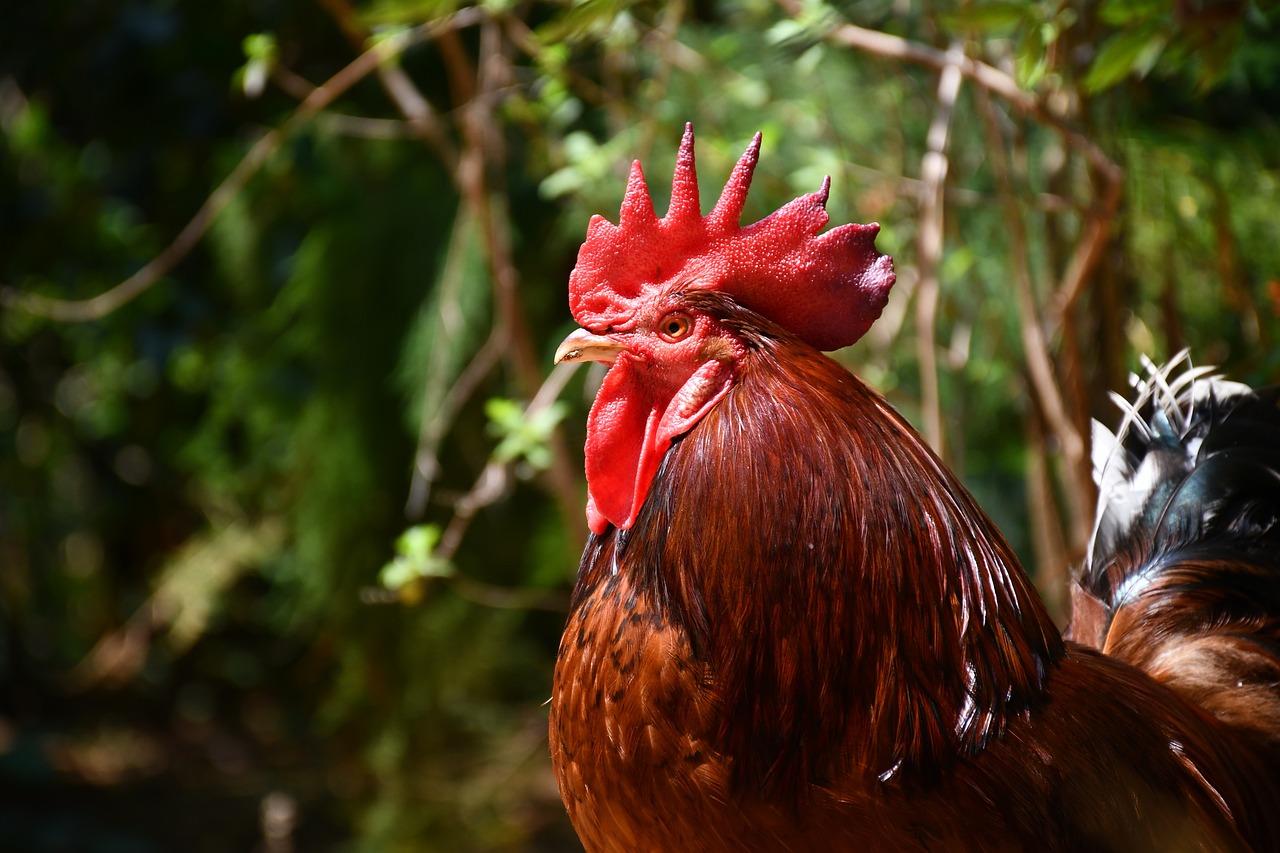
Facilitating Communication
Doodling isn't just about making random squiggles on a piece of paper; it can actually play a significant role in . Imagine you're in a meeting, and the conversation is flowing, but the ideas are getting lost in translation. This is where quick drawings come into play. By transforming thoughts into visuals, you can convey complex ideas in a way that words sometimes fail to achieve. It's like turning abstract concepts into tangible images, making it easier for everyone to grasp the essence of what you're trying to say.
When we doodle, we tap into a different part of our brain that processes information visually. This can be especially beneficial in both personal and professional settings. For instance, during discussions, a simple sketch can clarify a point much faster than a lengthy explanation. Think about it: how many times have you struggled to explain a concept and wished you had a whiteboard to illustrate your ideas? Doodling serves that purpose in a more casual and approachable way.
Moreover, incorporating doodles into conversations can create a relaxed atmosphere that encourages open dialogue. People tend to feel more at ease when there’s a playful element in the room. This can lead to a more engaging exchange of ideas, fostering collaboration and creativity. For instance, when brainstorming, instead of just listing ideas, why not draw them out? This not only makes the process more enjoyable but also helps everyone visualize the concepts being discussed.
To further illustrate the effectiveness of doodling in communication, consider the following scenarios:
- Team Meetings: Instead of relying solely on verbal explanations, team members can sketch diagrams or flowcharts to illustrate their points, promoting better understanding.
- Presentations: Adding doodles to slides can capture attention and make the content more relatable, ensuring that the audience stays engaged throughout.
- Teaching: Educators can use doodles to explain complex subjects, making learning more interactive and enjoyable for students.
In essence, doodling acts as a visual language that transcends barriers. It can break down complicated topics into digestible pieces, making communication more effective. Whether you're in a corporate setting, a classroom, or just chatting with friends, the ability to draw out ideas can enhance understanding and retention. The next time you find yourself in a conversation, consider grabbing a pen and paper. You might just find that a simple doodle can bridge the gap between confusion and clarity.
Q: How can doodling improve communication skills?
A: Doodling helps in visualizing concepts, making it easier to convey complex ideas and enhance understanding during discussions.
Q: Can doodling be beneficial in professional settings?
A: Absolutely! Doodling can make meetings more engaging, facilitate brainstorming, and improve presentations by keeping the audience’s attention.
Q: Is there a specific technique for effective doodling in communication?
A: While there’s no right or wrong way to doodle, focusing on key concepts and using simple shapes can help convey your message more clearly.
Q: Can doodling help with memory retention during conversations?
A: Yes, incorporating doodles can enhance memory retention as visual aids often make information easier to recall.
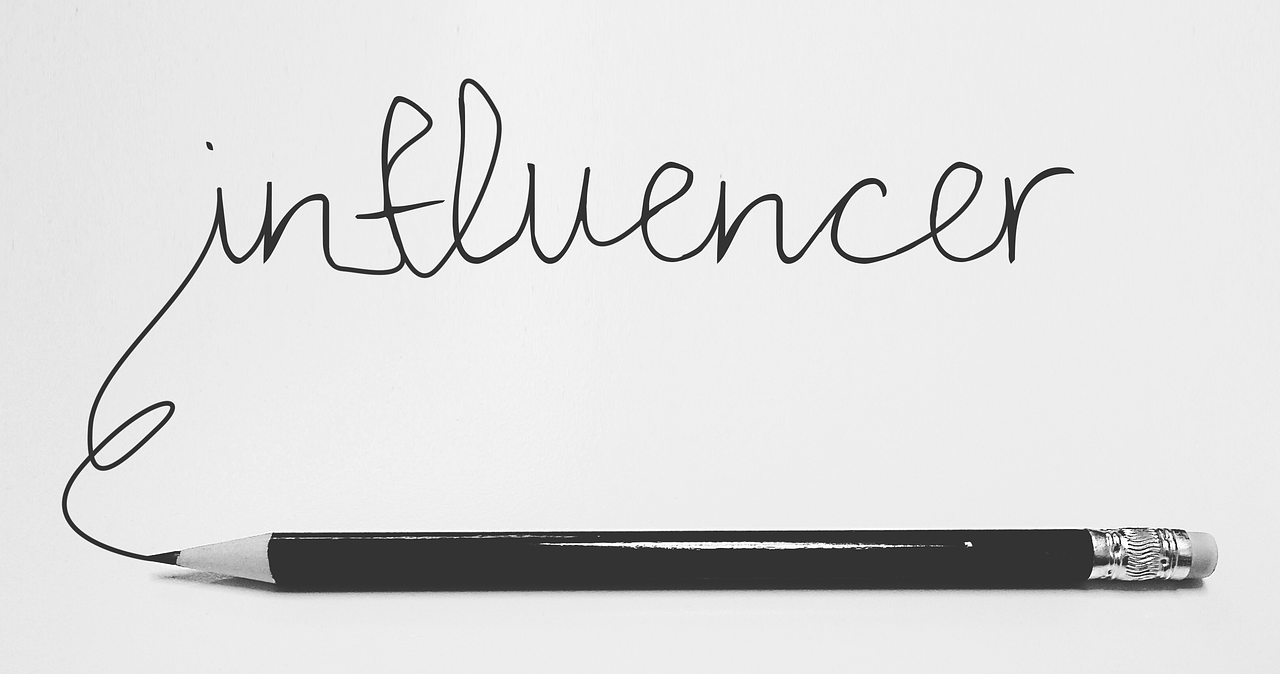
Visual Note-Taking
Visual note-taking is an innovative approach that combines words and images to enhance learning and retention. It's like transforming your notes into a vibrant storybook, where each doodle and sketch adds depth and meaning to the information being conveyed. When you engage in visual note-taking, you’re not just passively writing down what you hear; you’re actively interpreting and synthesizing the information. This method taps into your brain's natural inclination to remember visuals better than text alone, making it a powerful tool for students, professionals, and anyone looking to absorb information more effectively.
Imagine sitting in a lecture or a meeting where the speaker is presenting a wealth of information. Instead of scribbling down every word, you start to draw simple icons, arrows, and diagrams that represent key concepts. This not only keeps your mind engaged but also helps you to connect ideas in a way that traditional note-taking can’t. Studies have shown that the combination of verbal and visual elements can boost memory retention significantly. By translating spoken words into images, you create a mental map that can be revisited long after the meeting or class is over.
To make the most out of visual note-taking, consider these effective techniques:
- Use Simple Shapes: Don’t worry about being an artist; simple shapes like circles, squares, and arrows can effectively represent complex ideas.
- Incorporate Color: Color coding can help differentiate between topics or levels of importance, making your notes visually appealing and easier to navigate.
- Highlight Key Points: Use doodles to emphasize crucial information. For example, a light bulb can symbolize an important idea, while a question mark can indicate uncertainty.
Moreover, integrating doodles into your notes can lead to a more enjoyable and engaging learning experience. It’s like adding a splash of color to a black-and-white photo; it brings the content to life! Plus, the act of drawing itself can help reinforce the material as you process it in a unique way. The next time you find yourself in a lecture or meeting, try visual note-taking. You might be surprised at how much more you retain and how much more fun it can be!
In conclusion, visual note-taking isn’t just a trend; it’s a practical strategy that can revolutionize the way you absorb and retain information. By combining visuals with text, you’re not only making your notes more interesting but also enhancing your cognitive abilities. So grab a sketchbook or a digital tablet and start doodling your way to better understanding and retention!
Q: What materials do I need for visual note-taking?
A: You can use anything from a simple notebook and pens to digital tools like tablets and styluses. The key is to have materials that allow you to express your creativity.
Q: Do I need to be an artist to do visual note-taking?
A: Absolutely not! The beauty of visual note-taking lies in its simplicity. Stick figures and basic shapes are more than enough to convey ideas effectively.
Q: How can I improve my visual note-taking skills?
A: Practice is essential. Start by incorporating doodles into your regular notes and gradually experiment with different styles and techniques. Over time, you’ll develop your unique visual language!

Engaging Presentations
Imagine sitting in a presentation where the speaker is droning on, their slides filled with text and bullet points that seem to blend into one another. You might find your mind wandering, right? Now, picture a different scenario: the presenter incorporates doodles and quick drawings into their slides. Suddenly, the room is alive with energy! Doodling can transform a mundane presentation into an engaging experience that captivates the audience's attention.
Using doodles in presentations not only makes the content more visually appealing but also helps to convey complex ideas in a simpler way. When we see a drawing, our brains process the information differently compared to plain text. Visual elements can evoke emotions, create connections, and even make the content more memorable. This is particularly useful when presenting intricate concepts that might otherwise overwhelm the audience.
Here are some ways to effectively integrate doodles into your presentations:
- Visual Metaphors: Use simple drawings to represent ideas. For instance, a light bulb can symbolize innovation, while a road can depict a journey or process.
- Storytelling: Doodles can illustrate a narrative. Instead of just telling a story, you can draw key moments, making it more engaging for the audience.
- Highlighting Key Points: Use doodles to underline important information. A quick sketch can serve as a visual cue, making it easier for the audience to remember crucial details.
Moreover, incorporating doodles can make you, as the presenter, appear more approachable and relatable. It breaks down the barriers between you and your audience, creating a more relaxed atmosphere. When you draw, you invite your audience to engage with you on a personal level. They might even feel inspired to contribute their own ideas, leading to a more interactive session.
In addition to enhancing engagement, doodling can also aid in retaining information. Research suggests that visual stimuli can improve memory recall. When your audience sees a visual representation of the information being presented, they are more likely to remember it later. So, the next time you're preparing a presentation, consider adding a few doodles to your slides. Not only will you make your content more enjoyable, but you’ll also enhance understanding and retention.
In conclusion, engaging presentations are all about connection and clarity. By integrating doodles and quick drawings, you can create a dynamic experience that resonates with your audience, keeps their attention, and ultimately makes your message stick. So, grab that sketchpad and start doodling your way to more impactful presentations!
Q1: How can I start incorporating doodles into my presentations?
A1: Begin by sketching simple icons or symbols that relate to your topic. Practice integrating these doodles into your slides, ensuring they complement rather than distract from your main points.
Q2: Will doodling make me seem unprofessional?
A2: Not at all! When done tastefully, doodling can enhance your professionalism by showcasing creativity and making your content more relatable.
Q3: What if I'm not good at drawing?
A3: You don’t need to be an artist! Simple shapes and stick figures can be just as effective. Focus on clarity and conveying your message rather than artistic perfection.
Q4: Can doodling help with audience engagement in virtual presentations?
A4: Absolutely! Using doodles in virtual presentations can help break the monotony of screen time and keep your audience engaged, making your content more memorable.

Fostering Social Connections
Doodling isn't just a solitary activity; it can be a powerful tool for and creating a sense of community. Think about it: when you sit down with a friend or a group of colleagues and start doodling together, something magical happens. The barriers come down, and creativity takes over. It's like opening a window to a world where ideas flow freely, and laughter fills the air. Engaging in quick drawing activities can lead to spontaneous conversations, shared experiences, and even collaborative art projects that strengthen bonds.
When people doodle in a group setting, it encourages collaboration and teamwork. Imagine a brainstorming session where everyone is sketching their ideas on a whiteboard or large paper. Not only does this visual element make the discussion more dynamic, but it also allows participants to build on each other's thoughts. This kind of interaction can lead to innovative solutions and a deeper understanding of each other's perspectives. Doodling together can transform a mundane meeting into a creative workshop, where everyone feels valued and included.
Moreover, doodling can serve as an icebreaker in social situations. When people are hesitant to engage in conversation, a simple doodle can spark interest and curiosity. For instance, if you're at a gathering and you start drawing something quirky, others might gather around, asking questions or sharing their own doodles. This shared activity can lead to friendships formed over common interests, making it easier to connect with others.
In educational settings, group doodling can enhance peer interaction. Teachers who incorporate doodling into their lessons find that students are more engaged and willing to collaborate. By doodling concepts together, students can reinforce their understanding while also forming friendships based on shared learning experiences. Artistic expression becomes a bridge that connects individuals, breaking down social barriers and fostering a sense of belonging.
Incorporating doodling into team-building exercises can also yield significant benefits. For example, consider organizing a workshop where participants are encouraged to create a collective mural. This not only allows for individual expression but also emphasizes the importance of working together towards a common goal. The final piece of art serves as a tangible reminder of the connections forged during the activity, reinforcing teamwork and camaraderie.
To summarize, doodling is much more than just a creative outlet; it is a catalyst for social interaction and connection. By engaging in doodling practices, individuals can break down social barriers, enhance collaboration, and foster a sense of community. Whether in a professional setting, educational environment, or casual gathering, the act of doodling can lead to meaningful relationships and a stronger sense of belonging.
- Can doodling really improve social connections? Yes! Doodling in group settings encourages collaboration and can spark conversations, making it easier to connect with others.
- How can I incorporate doodling into team-building activities? Consider organizing a group doodling session or collaborative art project that allows everyone to contribute and bond over creativity.
- What are some benefits of doodling in educational settings? Doodling can enhance engagement, promote peer interaction, and help reinforce learning through visual expression.
Frequently Asked Questions
- What are the benefits of doodling?
Doodling offers a range of benefits, including enhanced creativity, improved focus, and increased mindfulness. Engaging in quick drawing practices can help you think outside the box, maintain concentration during tedious tasks, and stay present in the moment.
- Can doodling really help with stress relief?
Absolutely! Doodling acts as a therapeutic tool that can alleviate anxiety and tension. It provides a mental escape from daily pressures, allowing you to unwind and recharge your mind.
- How does doodling improve memory retention?
Research shows that doodling can enhance memory retention and recall. By incorporating drawing into your learning process, you can better comprehend and remember information, making it easier to retain key concepts.
- Is doodling useful in professional settings?
Yes! Doodling can facilitate communication in both personal and professional environments. Quick drawings can help convey ideas more effectively, making presentations more engaging and improving visual note-taking during meetings.
- How can doodling foster social connections?
Doodling can create bonding experiences among individuals, especially during group drawing activities. These collaborative sessions can strengthen relationships and promote teamwork, making it a fun way to connect with others.



















